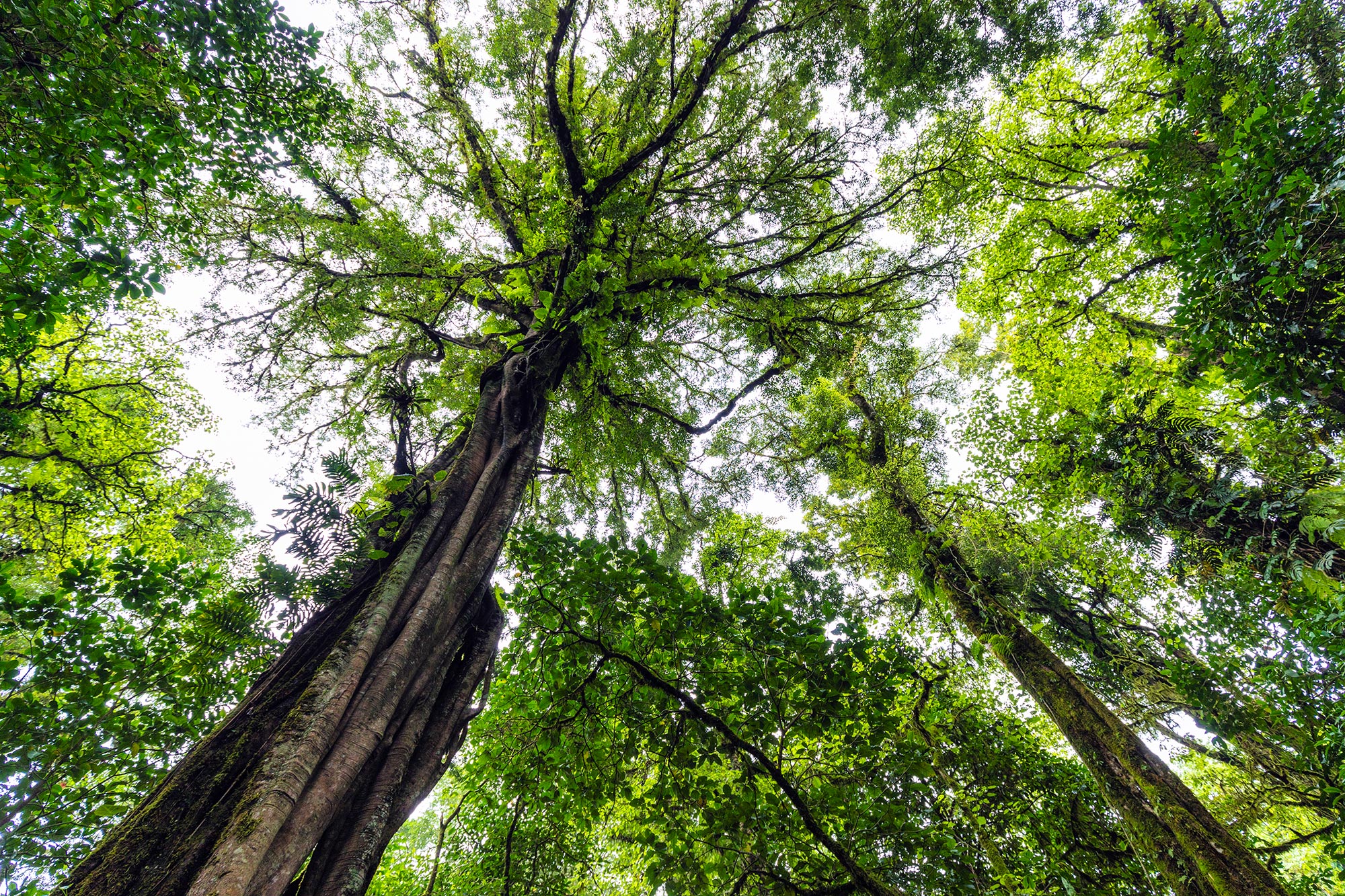the other mike
Diamond Member
It's a wonderful plan. Reforestation is badly needed in many parts of the world, not just California. So you hire 1000 Mexicans to go around and plant all these seedlings
everywhere, but there's only one problem. It never rains there.
I know from experience that even under perfect conditions, it's not easy to grow a healthy tree, even in great soil and daily watering.
everywhere, but there's only one problem. It never rains there.
I know from experience that even under perfect conditions, it's not easy to grow a healthy tree, even in great soil and daily watering.
Last edited:
